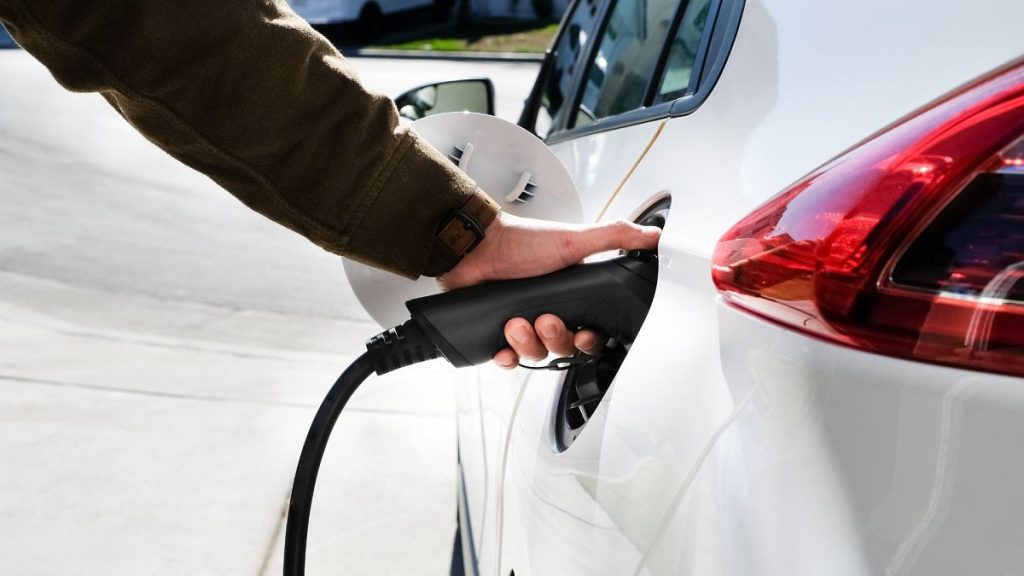The year 2024 marked a pivotal moment for the electric vehicle (EV) market, characterized by significant regional disparities in sales growth. Globally, EV sales reached a record high of 17.1 million units, a 25% surge compared to the previous year. This growth was fueled by strong performance in China and North America, while Europe experienced a decline. The closing months of the year saw particularly robust sales, with December recording over 1.9 million units sold globally, a 5% increase compared to November. This dynamism underscored the increasing acceptance and adoption of EVs, alongside the impact of governmental policies and incentives in shaping market trends.
China solidified its position as the global leader in EV adoption, with sales soaring by 40% to reach 11 million units. This remarkable growth was largely attributed to substantial government incentives and subsidies provided to EV manufacturers. These policies effectively stimulated consumer demand and spurred the expansion of the Chinese EV market. Concurrently, North America witnessed a 9% increase in EV sales, reaching 1.8 million units. This growth was supported by then incoming US president Donald Trump’s proposed plans to reduce vehicle tax credits, creating anticipation and potentially influencing purchasing decisions.
In stark contrast to the growth observed in China and North America, the European EV market experienced a downturn. Sales across the EU, EFTA, and UK contracted by 3% to 3 million units, primarily due to the reduction of government tax breaks, particularly in Germany. This policy change significantly dampened consumer enthusiasm for EVs and led to a decline in sales, highlighting the potent influence of government incentives on market dynamics. The UK, however, bucked this trend, overtaking Germany as Europe’s largest battery-electric vehicle market. This shift in market leadership underscored the varying impacts of national policies within the broader European context.
The contrasting growth trajectories across these regions illuminated the crucial role of government policies in shaping EV market development. Supportive policies like subsidies and tax breaks in China and North America demonstrably stimulated consumer demand and drove market expansion. Conversely, the withdrawal of subsidies in Germany had a detrimental effect on the European market. This emphasizes the double-edged sword of governmental intervention: while incentives can jumpstart market growth, their removal can lead to significant contractions. The efficacy of “carrots and sticks” policies in driving EV adoption underscores the need for carefully calibrated and sustainable governmental strategies to ensure long-term market growth.
Beyond governmental influence, corporate adoption of EVs played a significant role in driving sales figures. Major corporations across various sectors placed substantial EV orders, bolstering fleet sales and contributing to the overall market growth. These large-scale purchases signaled a growing recognition of the economic and environmental benefits of transitioning to electric fleets. For instance, BT Group, a UK telecom giant, placed a significant order for 3,500 EVs, one of the largest commercial electric vehicle fleet orders in the country. This move was part of BT’s broader sustainability strategy to reduce its carbon footprint and support the UK’s transition to a greener future.
Similarly, Amazon announced its largest-ever order of electric trucks, adding over 200 eActros 600 vehicles from Mercedes-Benz Trucks to its European transport network. This significant investment underscored Amazon’s commitment to electrifying its heavy goods transportation and achieving its net-zero carbon emissions target by 2040. These corporate initiatives not only contributed directly to EV sales but also served as powerful signals of the growing momentum behind electric mobility, further encouraging wider adoption across industries and among individual consumers. The combination of supportive government policies in some regions and the increasing commitment of corporations to sustainable transportation solutions collectively propelled the EV market towards a record-breaking year, albeit with pronounced regional variations in growth patterns.














